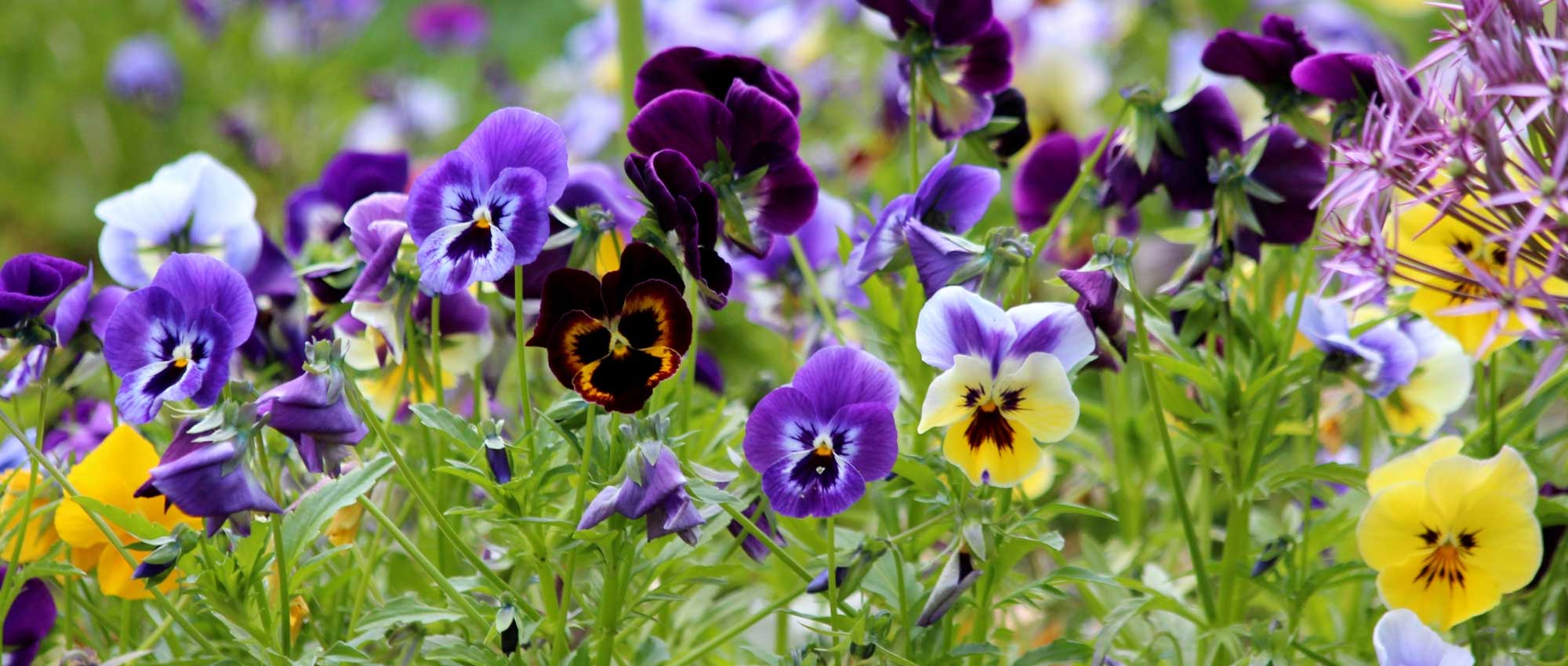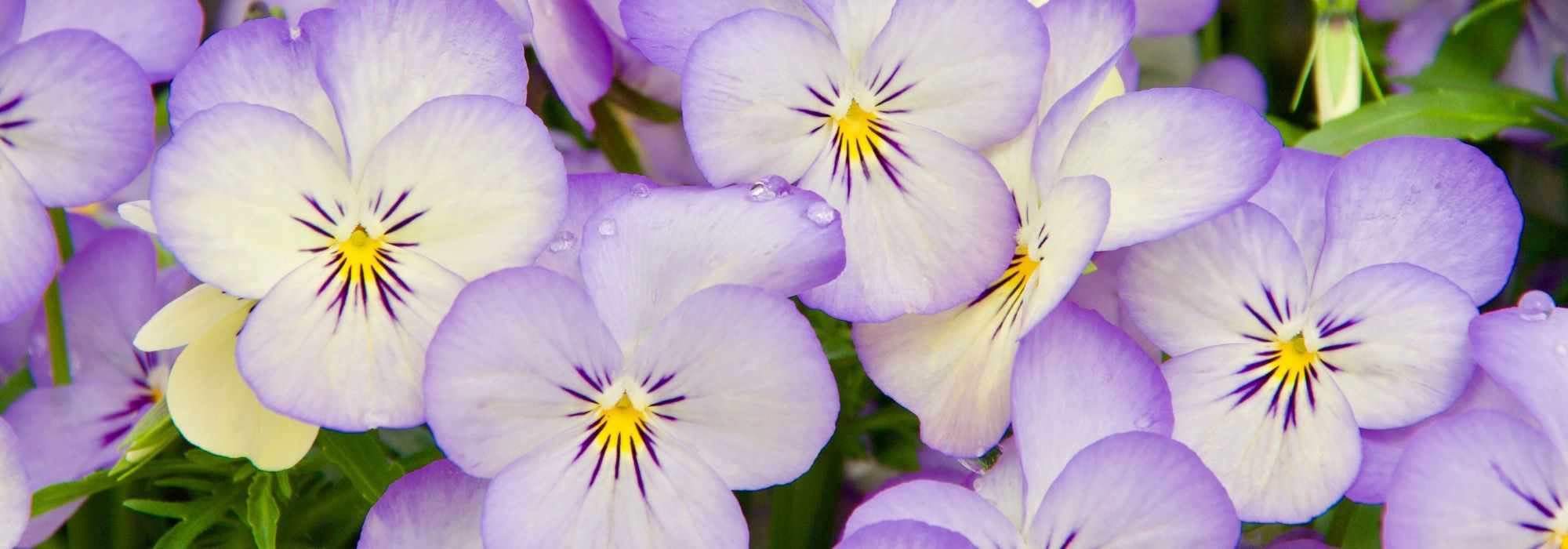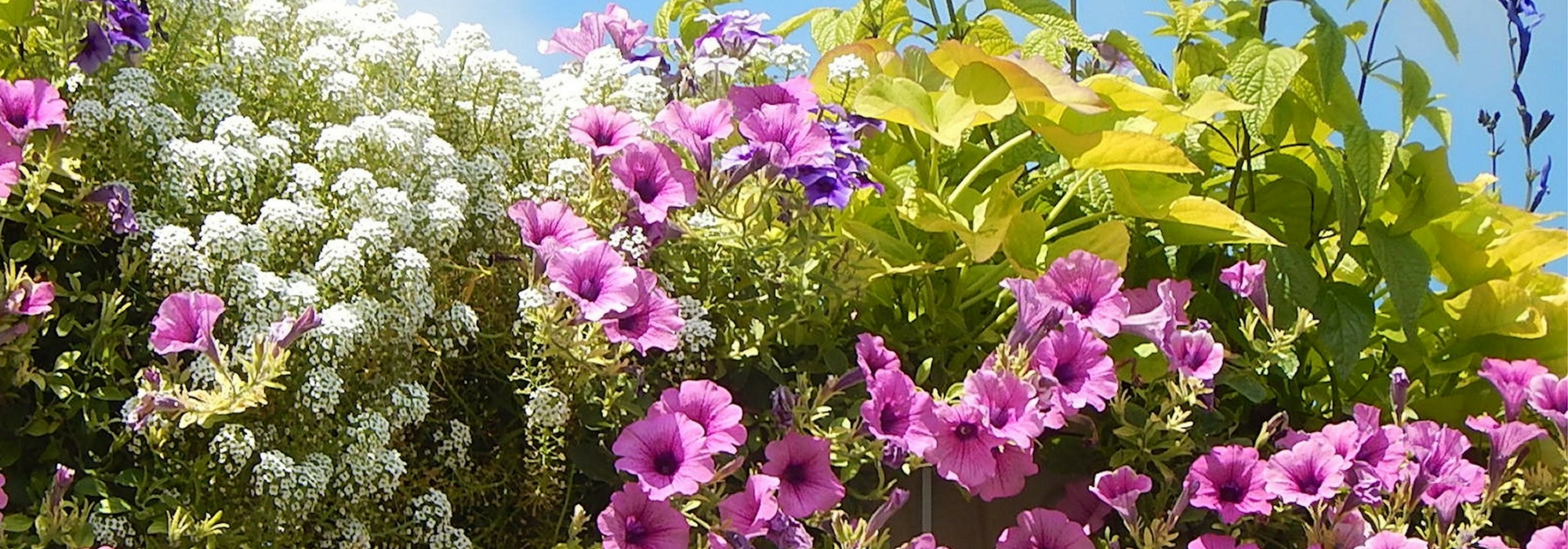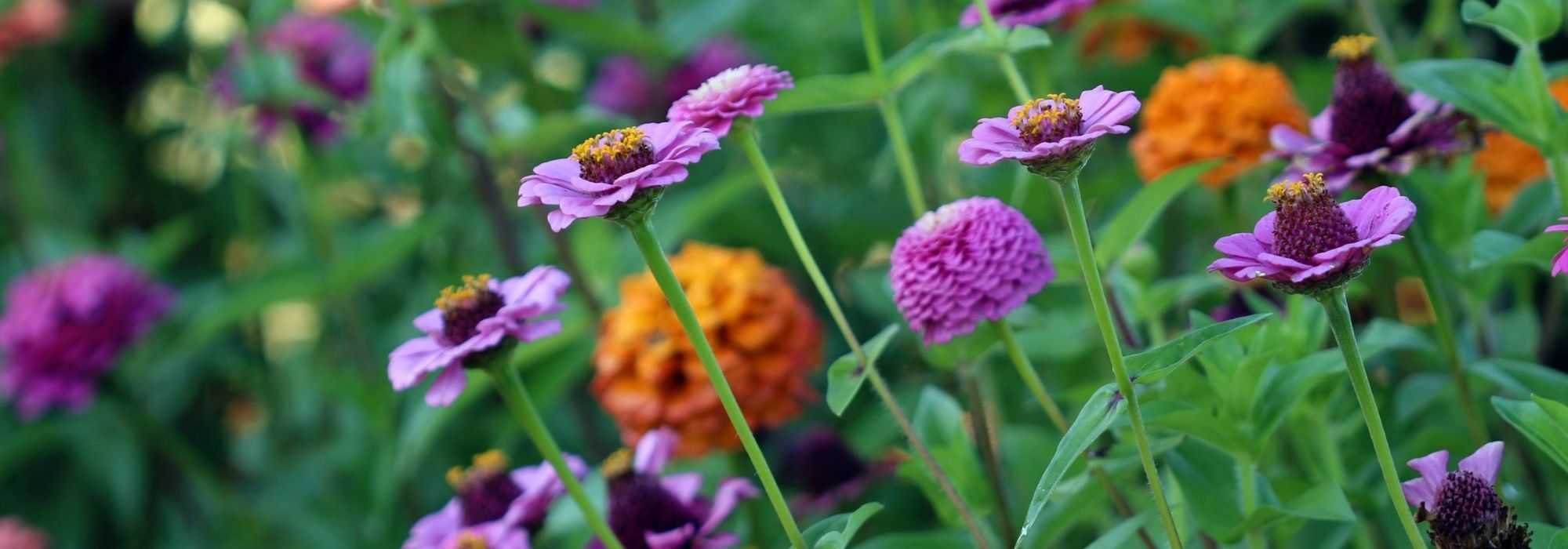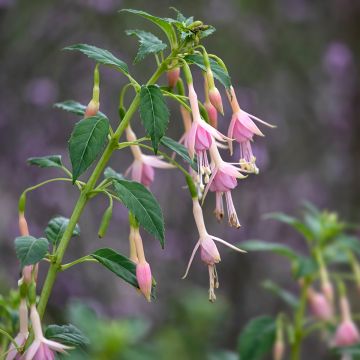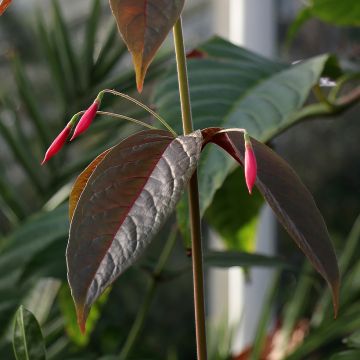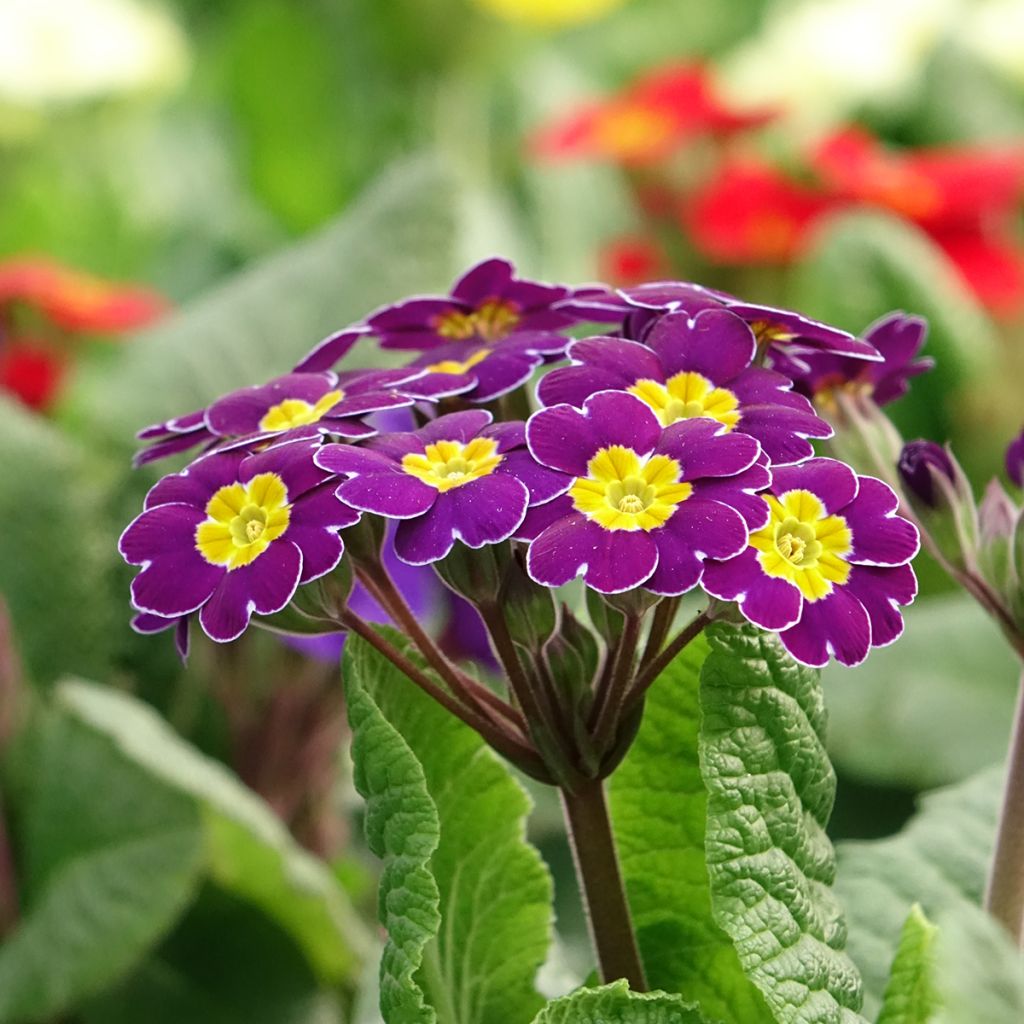

Primula elatior Veristar Late Twinkle Violet - Primula Crescendo Mix seeds - Oxlip


Primula elatior Veristar Late Twinkle Violet - Primula Crescendo Mix seeds - Oxlip
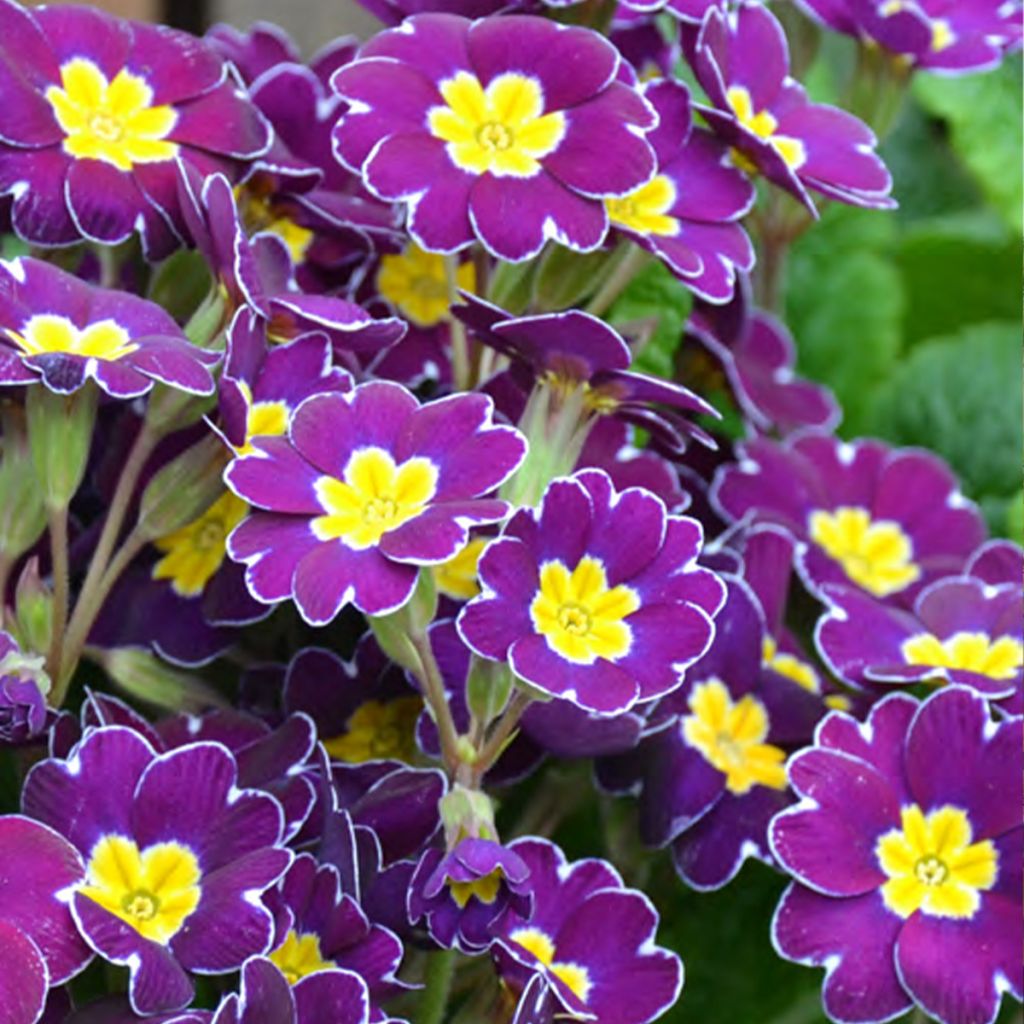

Primula elatior Veristar Late Twinkle Violet - Primula Crescendo Mix seeds - Oxlip
Primula elatior Veristar Late Twinkle Violet - Primula Crescendo Mix seeds - Oxlip
Primula x eliator Late Twinkle Violet
Primula Crescendo Mix seeds - Oxlip
Special offer!
Receive a €20 voucher for any order over €90 (excluding delivery costs, credit notes, and plastic-free options)!
1- Add your favorite plants to your cart.
2- Once you have reached €90, confirm your order (you can even choose the delivery date!).
3- As soon as your order is shipped, you will receive an email containing your voucher code, valid for 3 months (90 days).
Your voucher is unique and can only be used once, for any order with a minimum value of €20, excluding delivery costs.
Can be combined with other current offers, non-divisible and non-refundable.
Home or relay delivery (depending on size and destination)
Schedule delivery date,
and select date in basket
This plant carries a 6 months recovery warranty
More information
We guarantee the quality of our plants for a full growing cycle, and will replace at our expense any plant that fails to recover under normal climatic and planting conditions.
Does this plant fit my garden?
Set up your Plantfit profile →
Description
Primula elatior 'Veristar Late Twinkle Violet' is a remarkable, vigorous, floriferous and colourful hybrid primrose. This compact variety develops numerous flower stalks topped with magnificent violet flowers edged with white and a yellow heart in February-March. Highly appreciated for its neat habit and beautiful dark green crinkled foliage, it works well in flowering pots, borders and beds. Robust and hardy, it can be grown as either a biennial or a short-lived perennial, in moist, humus-bearing, well-drained soil, in partial shade.
Primroses belong to the Primulaceae family and are well known for their early and colourful flowering that heralds the return of spring. Among them, Primula elatior, the Oxlip or Wood Primrose, is a herbaceous perennial plant native to our indigenous flora. It grows naturally in partial shade in clear woodland and forest edges, where it sometimes forms superb carpets in early spring. Through hybridisation with Primula vulgaris, an equally common species, many horticultural varieties have emerged, including the Veristar F1 series, specially selected for its performance and remarkable staying power in the garden.
The 'Veristar Late Twinkle Violet' variety is characterised by its late and abundant flowering. It often begins in March, or even from the end of February in milder regions or if the plant is protected from heavy frosts. Each plant produces several robust flower stalks, 20 to 25 cm high, each bearing a cluster of single flowers 3-4 cm in diameter. The rounded, deep velvety violet petals, highlighted by a fine white border, open around an eye-catching, large golden-yellow heart. Flowering lasts for four to five weeks, from the end of winter until the first fine days. The foliage forms a dense, regular rosette, composed of very decorative, deep green, broad, crinkled and well-veined leaves. Semi-evergreen in mild climates, it remains attractive even when not in flower. This primrose is naturally well-structured, with a neat habit. Cold resistant down to –29 °C, it is equally suited to open ground or cultivation in pots or planters.
Less well-known than stemless primroses, elatior primroses like 'Veristar Late Twinkle Violet' are excellent flowers for gardens and balconies. Taller, hardier and often longer-lasting, they offer elegant and bright flowering, ideal for enlivening partially shaded areas in spring. Plant them along the edge of a path, in clear woodland or at the foot of deciduous bushes. They pair well with bronze heucheras like 'Caramel', with the silver foliage Brunnera macrophylla 'Jack Frost', or classic blue forget-me-nots (Myosotis 'Bluesylva'). In pots or planters, 'Twinkle Violet' looks most effective when combined with Viola 'Sorbet XP Blackberry' pansies or small tulips 'Purple Prince', to create a violet colour scheme. It can even find its place in a small table bouquet, where its flowers will highlight a few sprigs of muscari or stems of early tulips.
Primula elatior Veristar Late Twinkle Violet - Primula Crescendo Mix seeds - Oxlip in pictures




Flowering
Foliage
Plant habit
Botanical data
Primula
x eliator
Late Twinkle Violet
Primulaceae
Primula Crescendo Mix seeds - Oxlip
Primula elatior subsp. elatior Veristar F1 Late Twinkle Violet
Cultivar or hybrid
Planting and care
Plant Primula eliator 'Veristar Late Twinkle Violet' in containers and planters or directly in not too chalky open ground in finely prepared soil enriched with compost. Plant them as soon as possible after receipt, in September-October or March-April. If the intended location is not yet ready or conditions are unfavourable for planting, you can grow them on in pots for 4 to 6 weeks. Choose a sunny but not scorching position.
For containers and planters, use a good, light and well-draining compost for flowering plants (such as geranium compost) enriched with clay and slow-release fertiliser. The top of the root ball should be level with the compost. Water thoroughly at planting and during the following weeks, as plug plants can dry out quickly. However, be careful not to overwater! Ensure containers have drainage holes and empty the saucer 10 minutes after watering. Remember to water even during winter if it doesn't rain or if the container is placed in a sheltered spot. Do not water during frosty periods.
Very floriferous and fast-growing, primulas are greedy plants. From when growth resumes, late February to early March, and throughout the flowering period, apply a liquid fertiliser for flowering plants containing iron and trace elements 1 to 2 times per week with the watering water. Remove faded flowers to encourage new flowering. Once flowering has finished, container-grown plants can be replanted in partial shade in the garden.
Planting period
Intended location
Care
Planting & care advice
This item has not been reviewed yet - be the first to leave a review about it.
Similar products
Haven't found what you were looking for?
Hardiness is the lowest winter temperature a plant can endure without suffering serious damage or even dying. However, hardiness is affected by location (a sheltered area, such as a patio), protection (winter cover) and soil type (hardiness is improved by well-drained soil).

Photo Sharing Terms & Conditions
In order to encourage gardeners to interact and share their experiences, Promesse de fleurs offers various media enabling content to be uploaded onto its Site - in particular via the ‘Photo sharing’ module.
The User agrees to refrain from:
- Posting any content that is illegal, prejudicial, insulting, racist, inciteful to hatred, revisionist, contrary to public decency, that infringes on privacy or on the privacy rights of third parties, in particular the publicity rights of persons and goods, intellectual property rights, or the right to privacy.
- Submitting content on behalf of a third party;
- Impersonate the identity of a third party and/or publish any personal information about a third party;
In general, the User undertakes to refrain from any unethical behaviour.
All Content (in particular text, comments, files, images, photos, videos, creative works, etc.), which may be subject to property or intellectual property rights, image or other private rights, shall remain the property of the User, subject to the limited rights granted by the terms of the licence granted by Promesse de fleurs as stated below. Users are at liberty to publish or not to publish such Content on the Site, notably via the ‘Photo Sharing’ facility, and accept that this Content shall be made public and freely accessible, notably on the Internet.
Users further acknowledge, undertake to have ,and guarantee that they hold all necessary rights and permissions to publish such material on the Site, in particular with regard to the legislation in force pertaining to any privacy, property, intellectual property, image, or contractual rights, or rights of any other nature. By publishing such Content on the Site, Users acknowledge accepting full liability as publishers of the Content within the meaning of the law, and grant Promesse de fleurs, free of charge, an inclusive, worldwide licence for the said Content for the entire duration of its publication, including all reproduction, representation, up/downloading, displaying, performing, transmission, and storage rights.
Users also grant permission for their name to be linked to the Content and accept that this link may not always be made available.
By engaging in posting material, Users consent to their Content becoming automatically accessible on the Internet, in particular on other sites and/or blogs and/or web pages of the Promesse de fleurs site, including in particular social pages and the Promesse de fleurs catalogue.
Users may secure the removal of entrusted content free of charge by issuing a simple request via our contact form.
The flowering period indicated on our website applies to countries and regions located in USDA zone 8 (France, the United Kingdom, Ireland, the Netherlands, etc.)
It will vary according to where you live:
- In zones 9 to 10 (Italy, Spain, Greece, etc.), flowering will occur about 2 to 4 weeks earlier.
- In zones 6 to 7 (Germany, Poland, Slovenia, and lower mountainous regions), flowering will be delayed by 2 to 3 weeks.
- In zone 5 (Central Europe, Scandinavia), blooming will be delayed by 3 to 5 weeks.
In temperate climates, pruning of spring-flowering shrubs (forsythia, spireas, etc.) should be done just after flowering.
Pruning of summer-flowering shrubs (Indian Lilac, Perovskia, etc.) can be done in winter or spring.
In cold regions as well as with frost-sensitive plants, avoid pruning too early when severe frosts may still occur.
The planting period indicated on our website applies to countries and regions located in USDA zone 8 (France, United Kingdom, Ireland, Netherlands).
It will vary according to where you live:
- In Mediterranean zones (Marseille, Madrid, Milan, etc.), autumn and winter are the best planting periods.
- In continental zones (Strasbourg, Munich, Vienna, etc.), delay planting by 2 to 3 weeks in spring and bring it forward by 2 to 4 weeks in autumn.
- In mountainous regions (the Alps, Pyrenees, Carpathians, etc.), it is best to plant in late spring (May-June) or late summer (August-September).
The harvesting period indicated on our website applies to countries and regions in USDA zone 8 (France, England, Ireland, the Netherlands).
In colder areas (Scandinavia, Poland, Austria...) fruit and vegetable harvests are likely to be delayed by 3-4 weeks.
In warmer areas (Italy, Spain, Greece, etc.), harvesting will probably take place earlier, depending on weather conditions.
The sowing periods indicated on our website apply to countries and regions within USDA Zone 8 (France, UK, Ireland, Netherlands).
In colder areas (Scandinavia, Poland, Austria...), delay any outdoor sowing by 3-4 weeks, or sow under glass.
In warmer climes (Italy, Spain, Greece, etc.), bring outdoor sowing forward by a few weeks.






























